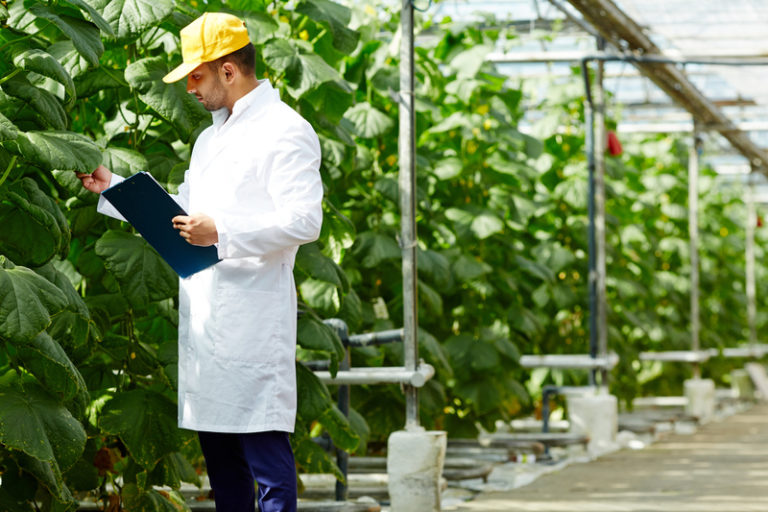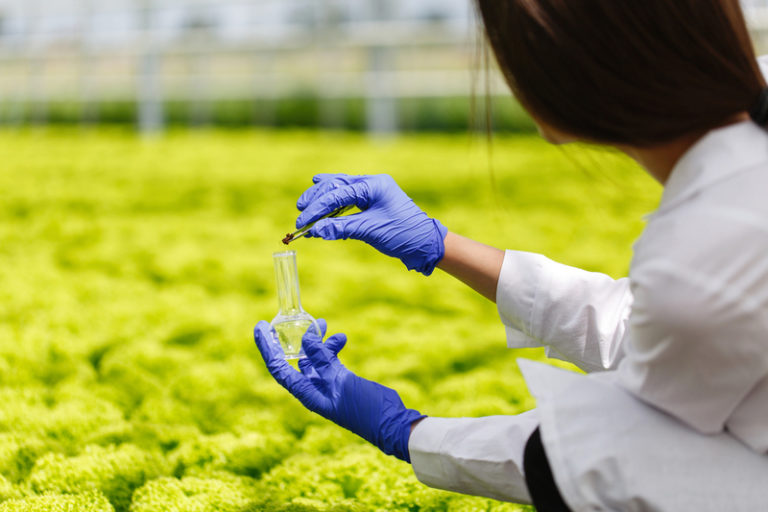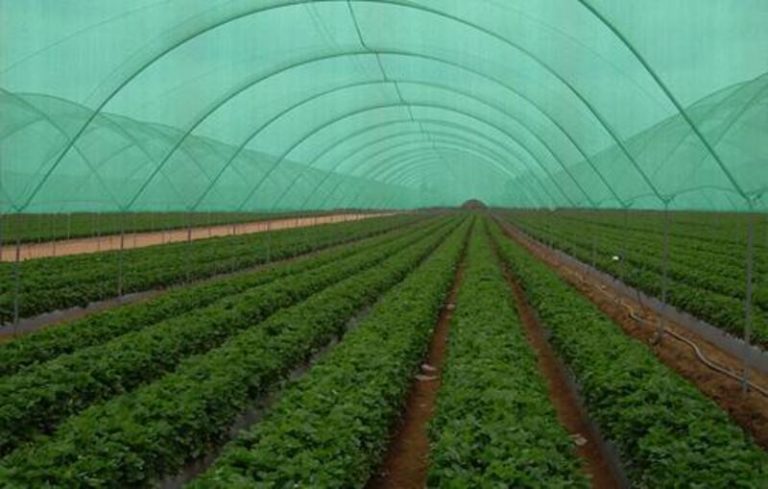Horticulture: The Science and Art of Plant Cultivation for a Better World
Plant cultivation is the art and science of horticulture. Horticulture include cultivating and caring for plants for a range of objectives, including food production, landscaping, or aesthetics.
Our lives depend on horticulture because it gives us food, oxygen, and a lovely environment to live in.
The advantages of horticulture, various types of horticulture, horticulture techniques, horticulture’s difficulties, job alternatives, and more will all be covered in this article.
Benefits of Horticulture
There are many benefits to horticulture. Here are some of the benefits:
A. Economic benefits: Horticulture offers farmers, gardeners, and horticulturists with employment options. Also, it adds to the economy by selling plants, fruits, and vegetables.
B. Environmental benefits: Gardening helps lower carbon dioxide levels and air pollution. Moreover, it helps maintain soil fertility, conserve water, and preserve biodiversity.
C. Health benefits: Horticulture helps individuals live better lives by providing them with nutritious fruits and vegetables. It also has a relaxing effect and helps mental health.
Types of Horticulture
Horticulture can be categorized into three types:
- Fruit and vegetable cultivation: This kind of gardening is all about growing fruits and vegetables, like grapes, apples, tomatoes, and strawberries etc.
- Ornamental horticulture: This type of horticulture is focused on the cultivation of plants for decoration purposes. It includes the cultivation of flowers, shrubs, and trees.
- Landscape horticulture: This branch of horticulture is all about making and taking care of outdoor spaces like gardens, parks, and golf courses.

Horticulture Techniques
There are several techniques used in horticulture, including:
- Plant propagation: This is the process of multiplying plants by planting seeds, cuttings, or grafting.
- Irrigation techniques: This means giving plants water in different ways, like with drip irrigation, sprinklers, or flood irrigation.
- Fertilizer application: This involves the application of nutrients to plants to promote growth and development.
Challenges in Horticulture:
Horticulture faces several challenges, including:
Climate change: The weather is becoming more unpredictable as a result of climate change, which makes it difficult to cultivate plants and lowers the quality of the plants that are grown.
Pests and diseases: Plants are susceptible to pests and diseases that can significantly reduce their yield.
Limited resources: Horticulture needs things like water, land, and people to work, which may not be available in enough amounts.
Career Opportunities in Horticulture
Horticulture offers various career opportunities, including:
Farmer:
This involves growing crops and raising livestock for food production.
Horticulturist:
This means growing and taking care of plants for different reasons.
Landscaper:
This covers the planning and construction of outdoor areas.
Conclusion
Horticulture is vital in our lives because it provides us with fresh fruits and vegetables, gorgeous scenery, and a variety of other benefits. It must cope with a lot of issues, but with the correct tools and management, it can perform admirably and benefit both us and the environment. Horticulture provides a variety of employment options and is an exciting subject for people who want to make a difference in the world.
FAQ:
Q: What is horticulture?
A: Horticulture is the study and practice of growing plants for a variety of objectives, including landscaping, food production, and aesthetic enhancement. It entails the investigation of plant development, breeding, propagation, and management.
Q: What are the benefits of horticulture?
A: There are several advantages to gardening, including financial, environmental, and health advantages. Horticulture creates employment possibilities, protects the environment, and produces nutrient-dense fresh produce.
Q: What are the types of horticulture?
A: Horticulture can be divided into three main categories: fruit and vegetable cultivation, ornamental horticulture, and landscape horticulture.
Q: What techniques are used in horticulture?
A: Horticulture entails a variety of approaches for ensuring plant development and care. Plant propagation, irrigation, and fertilizer application are examples of these approaches.
Q: What are the challenges in horticulture?
Horticulture faces several challenges, such as climate change, pests and diseases, and limited resources.
Q: What are the career opportunities in horticulture?
Horticulture offers several career opportunities, such as a farmer, horticulturist, and landscaper.
Also Read:
Pyramid Gardening: A Complete Guide to Building and Growing Your Own Pyramid Garden







